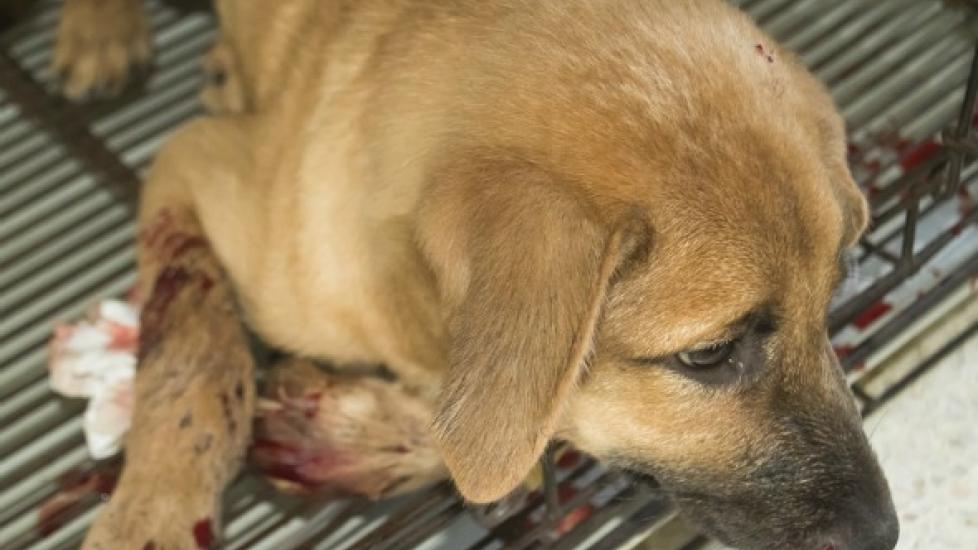Title: Understanding and Addressing Nosebleeds in Canine Companions
Introduction:
A nose bleed, or epistaxis as it is medically termed, can be a concerning issue for dog owners. While these events are typically not life-threatening, they can cause anxiety and raise questions about the well-being of our beloved furry friends. It’s crucial to understand why nose bleeds occur in dogs and how we can address them effectively. This article aims to provide you with comprehensive knowledge on this topic, ensuring your pet remains healthy and comfortable.
Causes of Dog Nosebleeds:
Nosebleeds in dogs can stem from various reasons, some more common than others. Here are several potential causes that every responsible owner should know:
1. Dry Air: Just like humans, dogs can experience dry nasal passages due to low humidity levels. The resulting irritation may lead to bleeding.
2. Trauma: Even minor head injuries or rough play can damage blood vessels inside the nostrils, causing them to rupture and bleed.
3. Foreign Objects: Inquisitive pups sometimes insert objects into their noses, which can result in abrasion and subsequent bleeding when removed.
4. Allergies: Environmental allergens such as pollen, dust mites, or flea bites can trigger inflammation within the nasal cavity, making it prone to bleeding upon contact with irritants.
5. Cancer: Unfortunately, tumors affecting the sinonasal area could also manifest through episodes of nosebleeds. Regular check-ups with the vet are essential.
6. Medication Side Effects: Certain medications, especially those used to treat arthritis or seizures, might have side effects that include bleeding tendencies. Always consult with your veterinarian before starting any new treatment plan.
7. Vascular Malformations: Rarely, but occasionally seen, abnormalities in blood vessel formation (known as vascular malformations) can predispose dogs to recurrent nosebleeds.
Treatment and Prevention:
When faced with a nosebleed episode, immediate action is necessary. Follow these steps to manage the situation:
1. Calm Your Dog: A panicked pup can make the bleeding worse. Stay composed and speak soothingly to reassure your pet.
2. Apply Pressure: Use a clean cloth or gauze to gently apply pressure over the nostril(s) where the bleeding is coming from. Hold firmly for 10 minutes without interruption.
3. Monitor Blood Loss: If the bleeding doesn’t stop after 10 minutes, seek veterinary attention immediately. Significant blood loss can be dangerous.
4. Environment Adjustment: Keep indoor air moist by using a humidifier during colder months to prevent dryness-induced nosebleeds.
5. Avoid Triggers: Identify and eliminate potential triggers such as allergens or certain toys that could lead to trauma.
6. Regular Check-Ups: Schedule routine examinations with your vet to catch underlying health issues early on.
7. Veterinary Intervention: If nosebleeds persist despite home care measures, consider consulting a specialist who can perform imaging tests or recommend specific treatments tailored to your dog’s needs.
Conclusion:
Nosebleeds in dogs are relatively common occurrences that often require prompt yet gentle handling. By understanding the possible causes and implementing preventive strategies, you can help ensure your pooch lives a happy, healthy life free from unnecessary discomfort. Should you encounter persistent or severe cases, don’t hesitate to seek professional advice from your trusted veterinarian. Remember, informed pet parents contribute greatly to their pets’ overall welfare.
